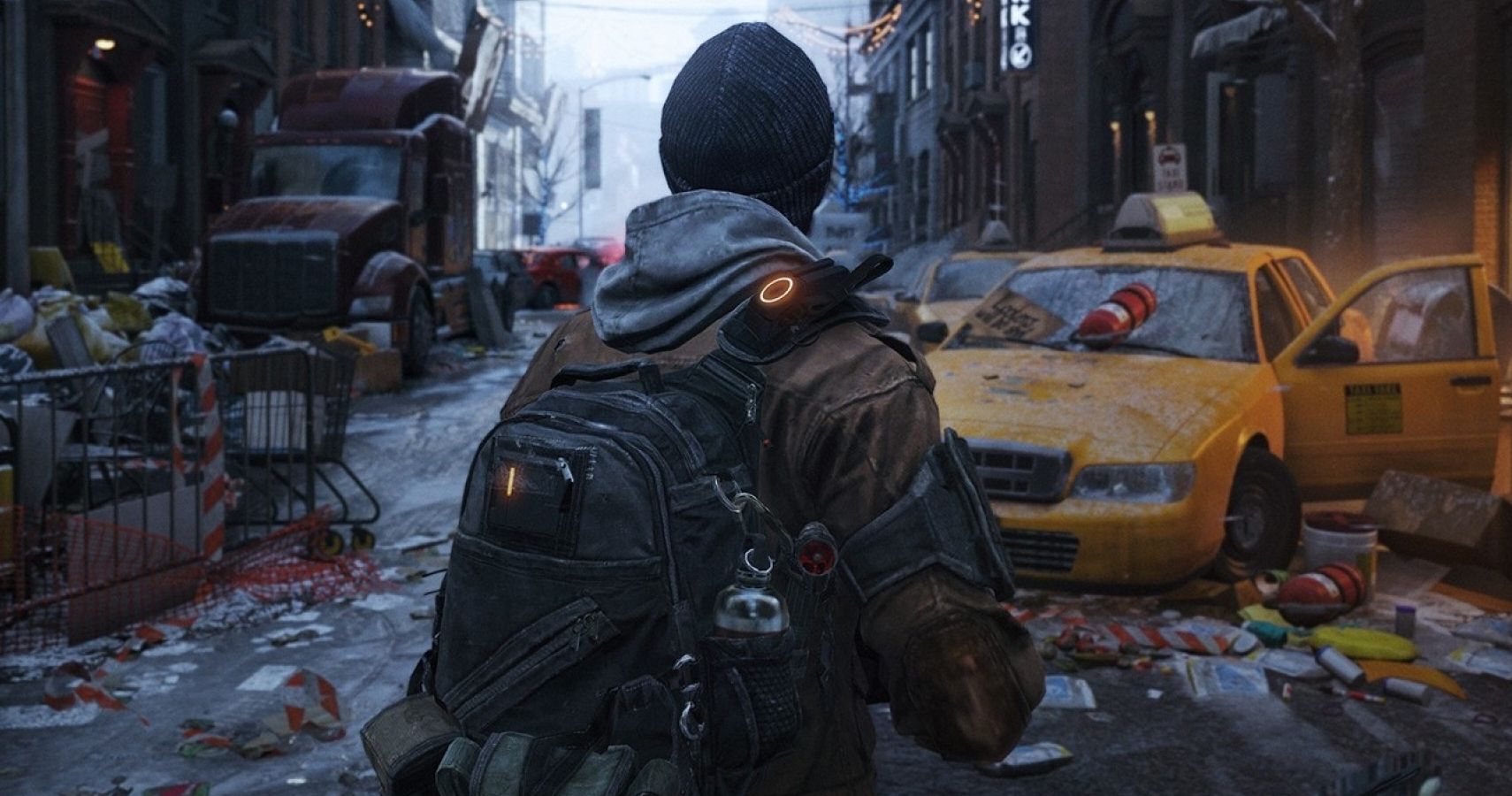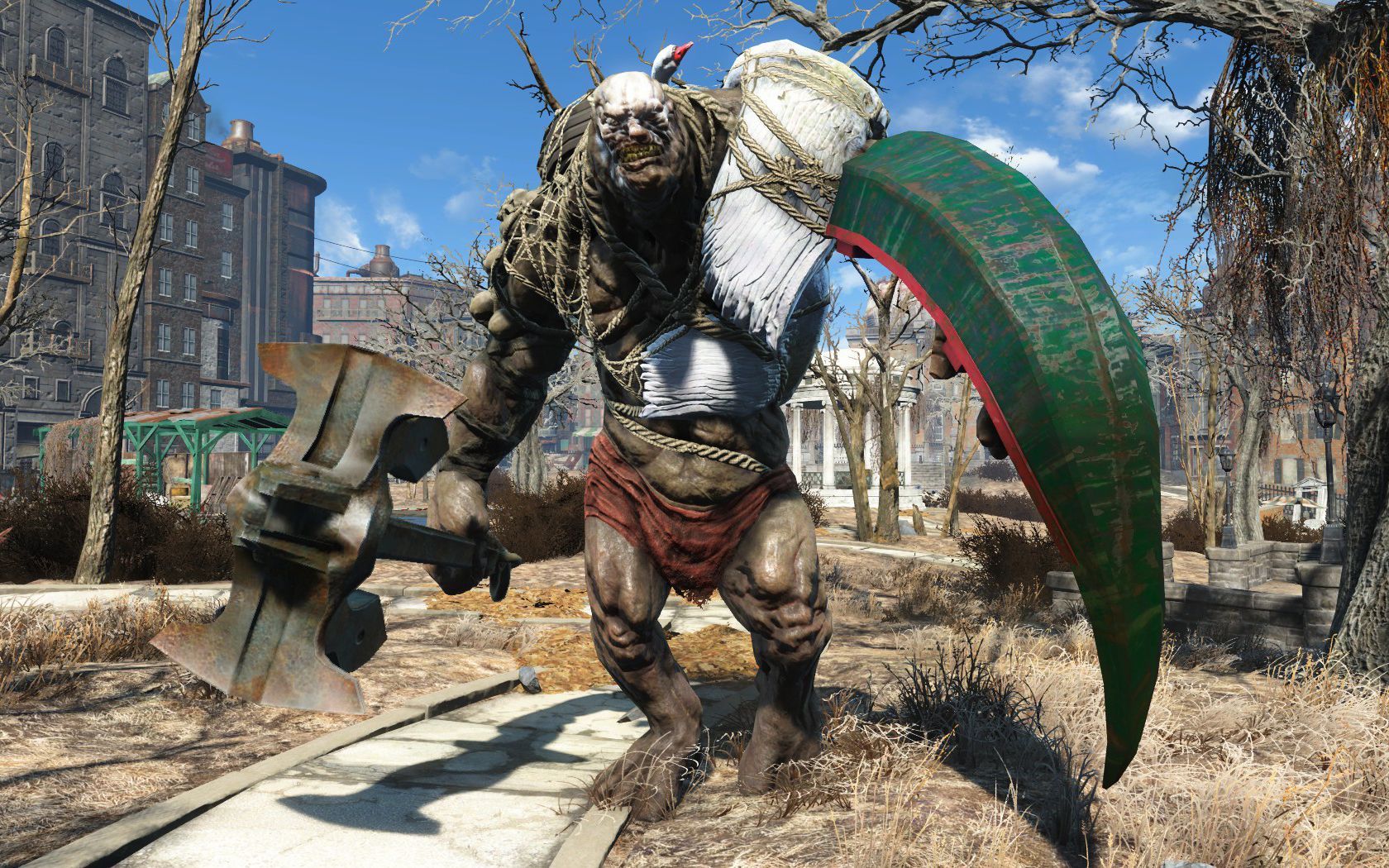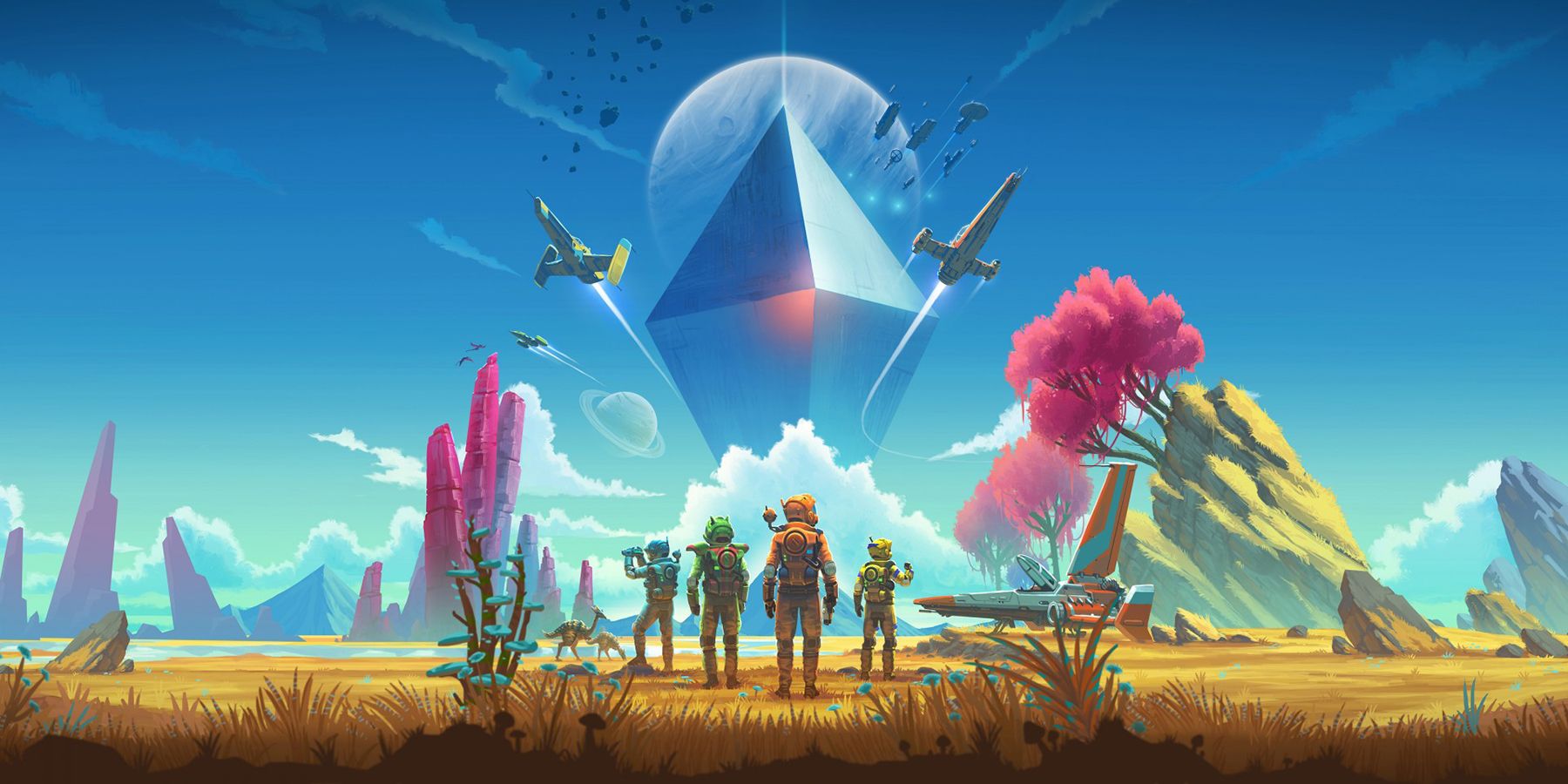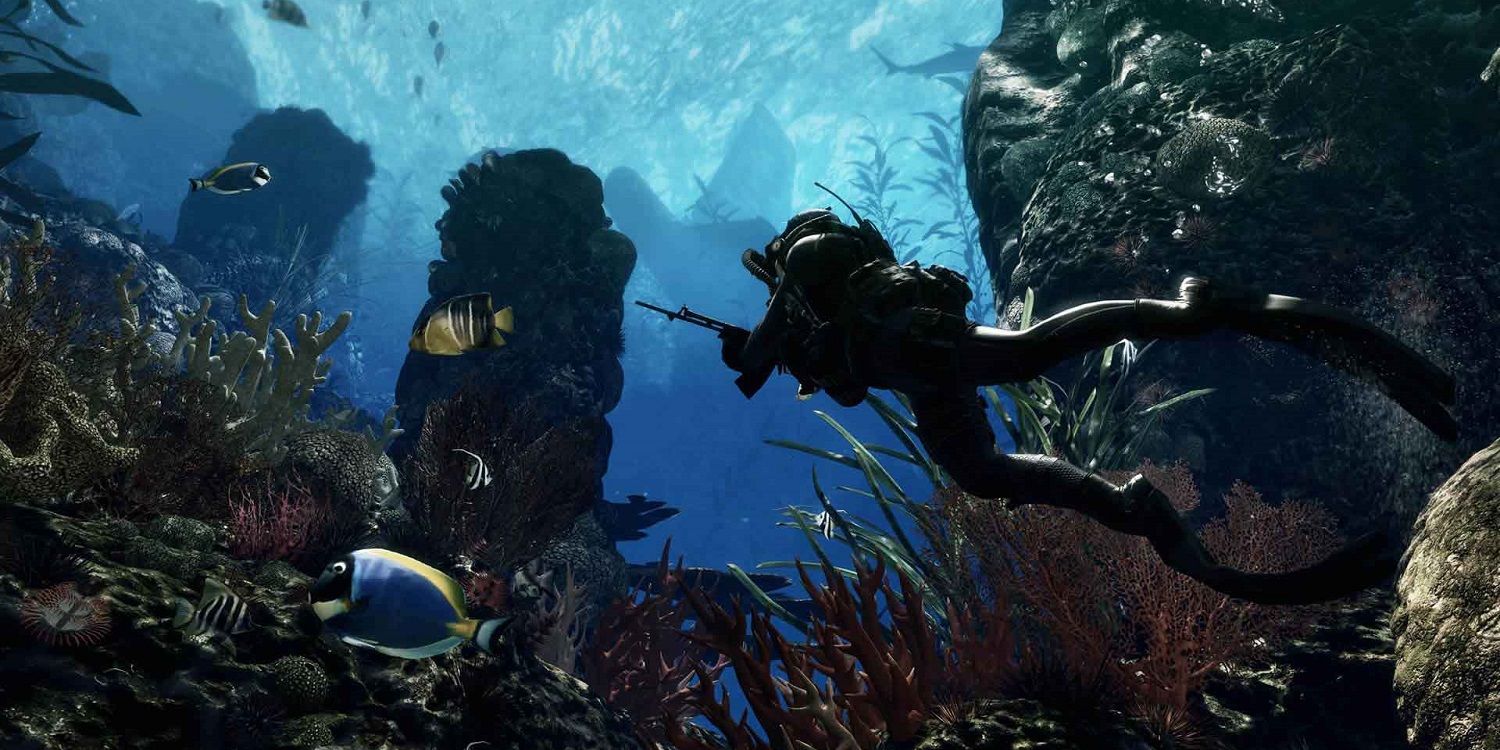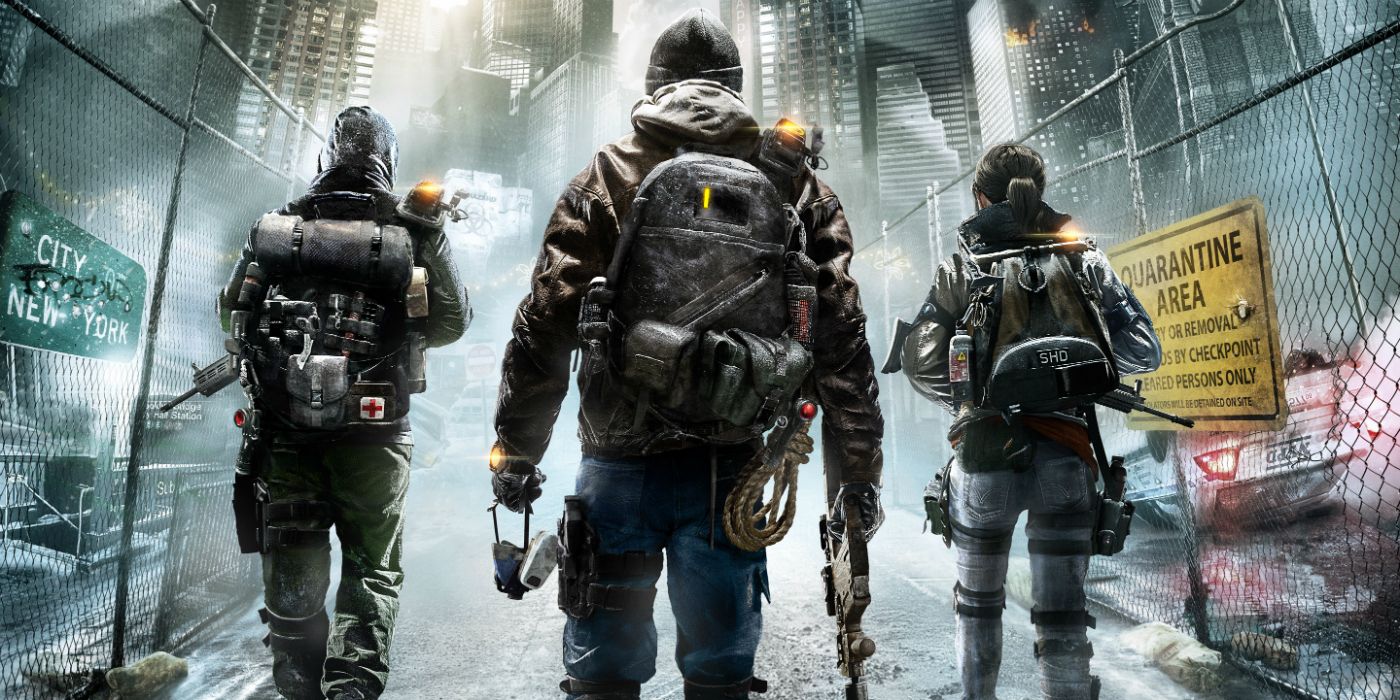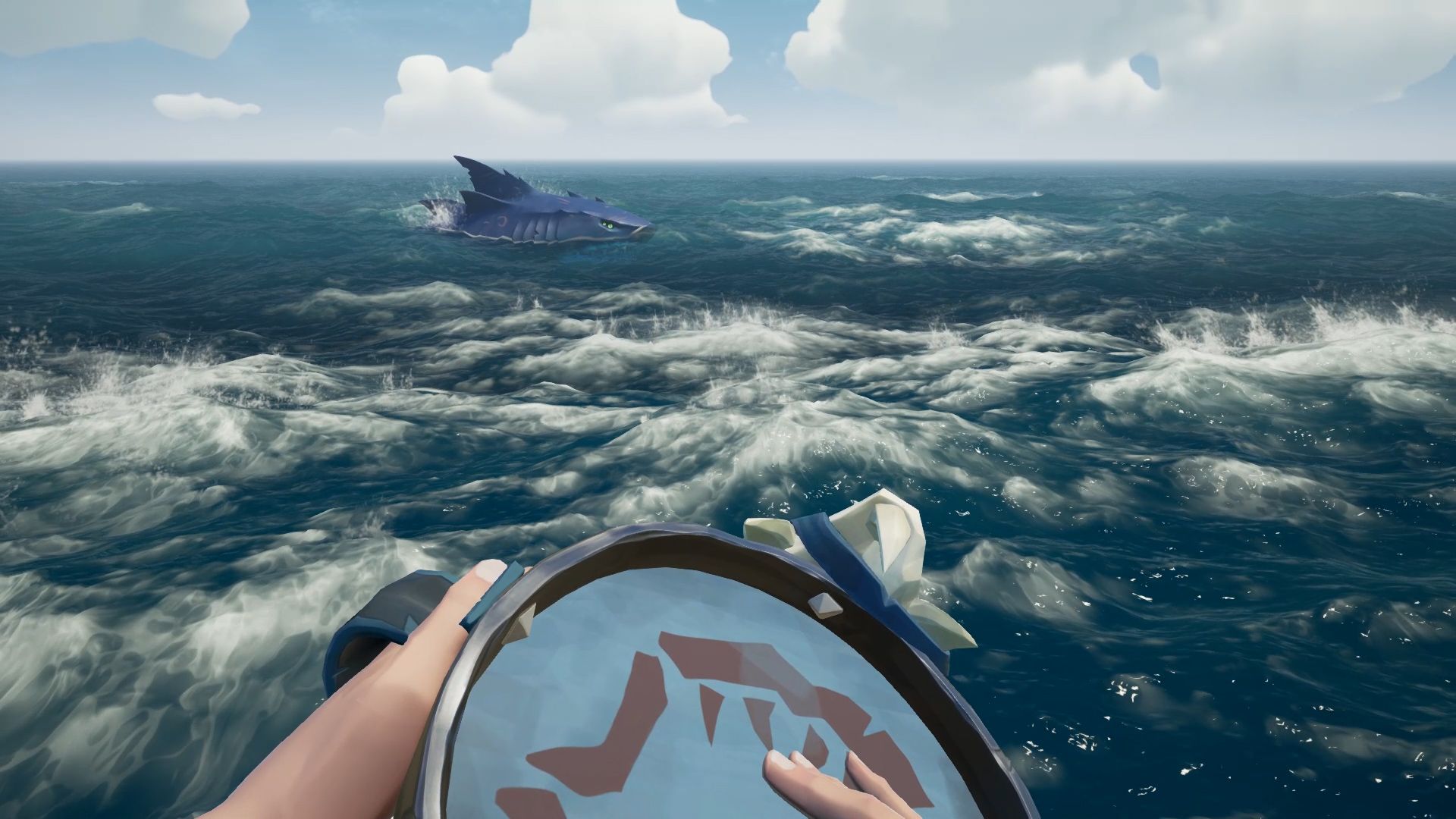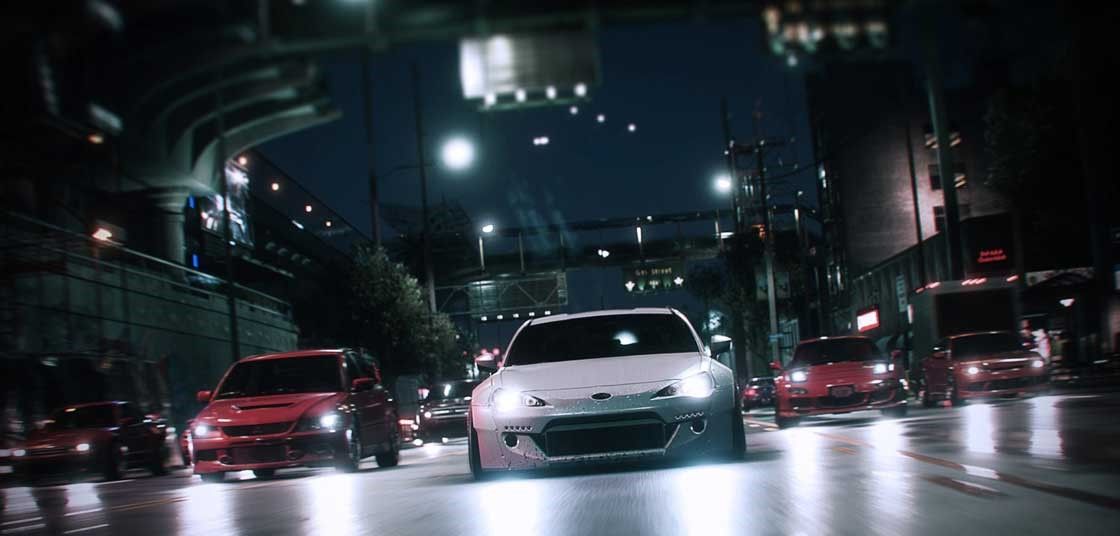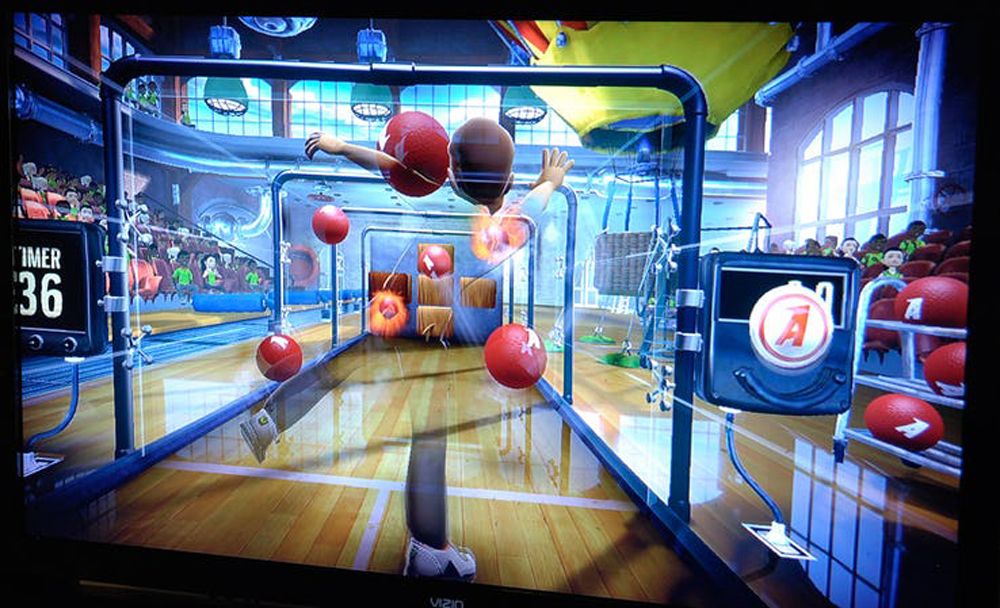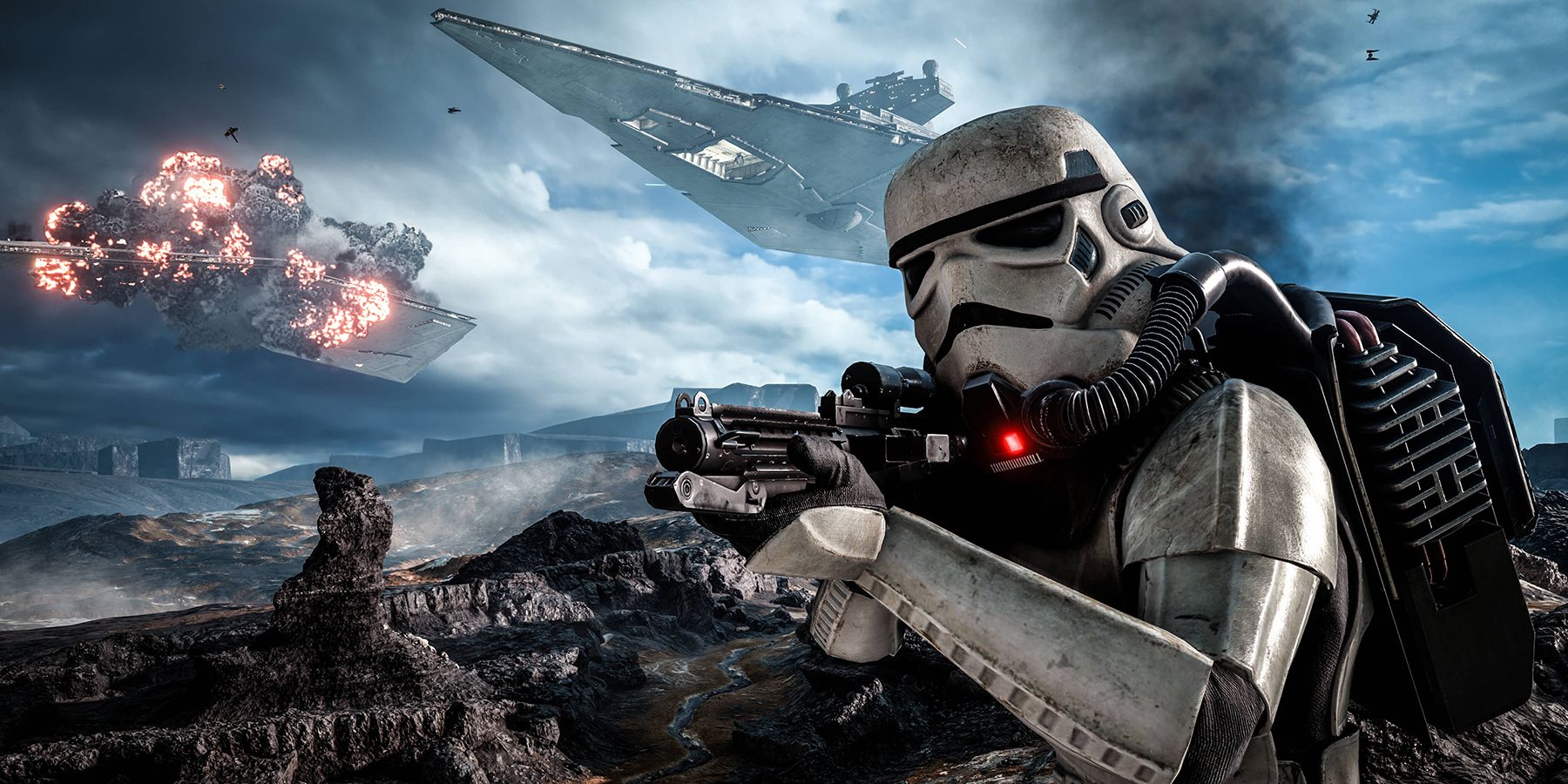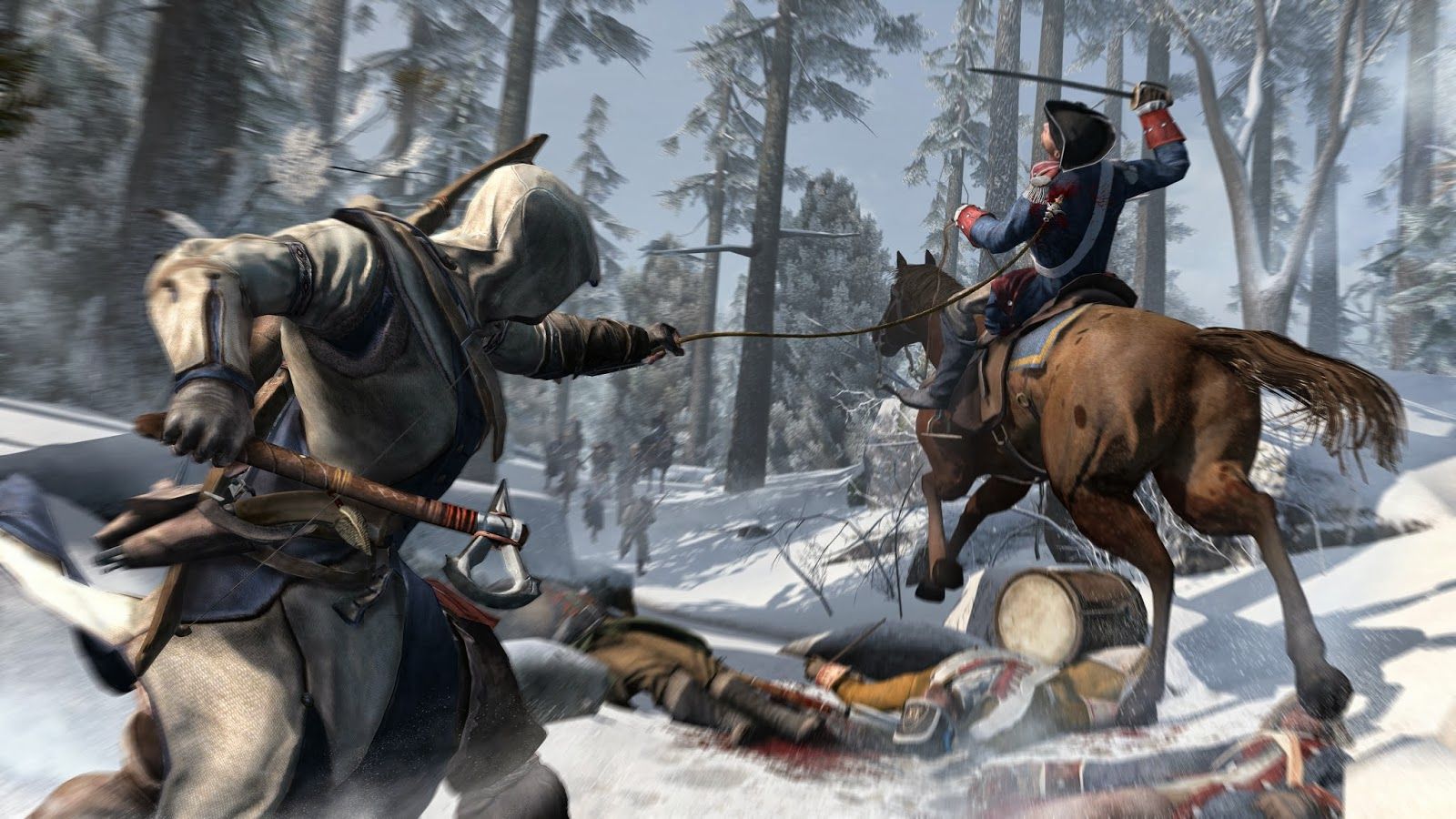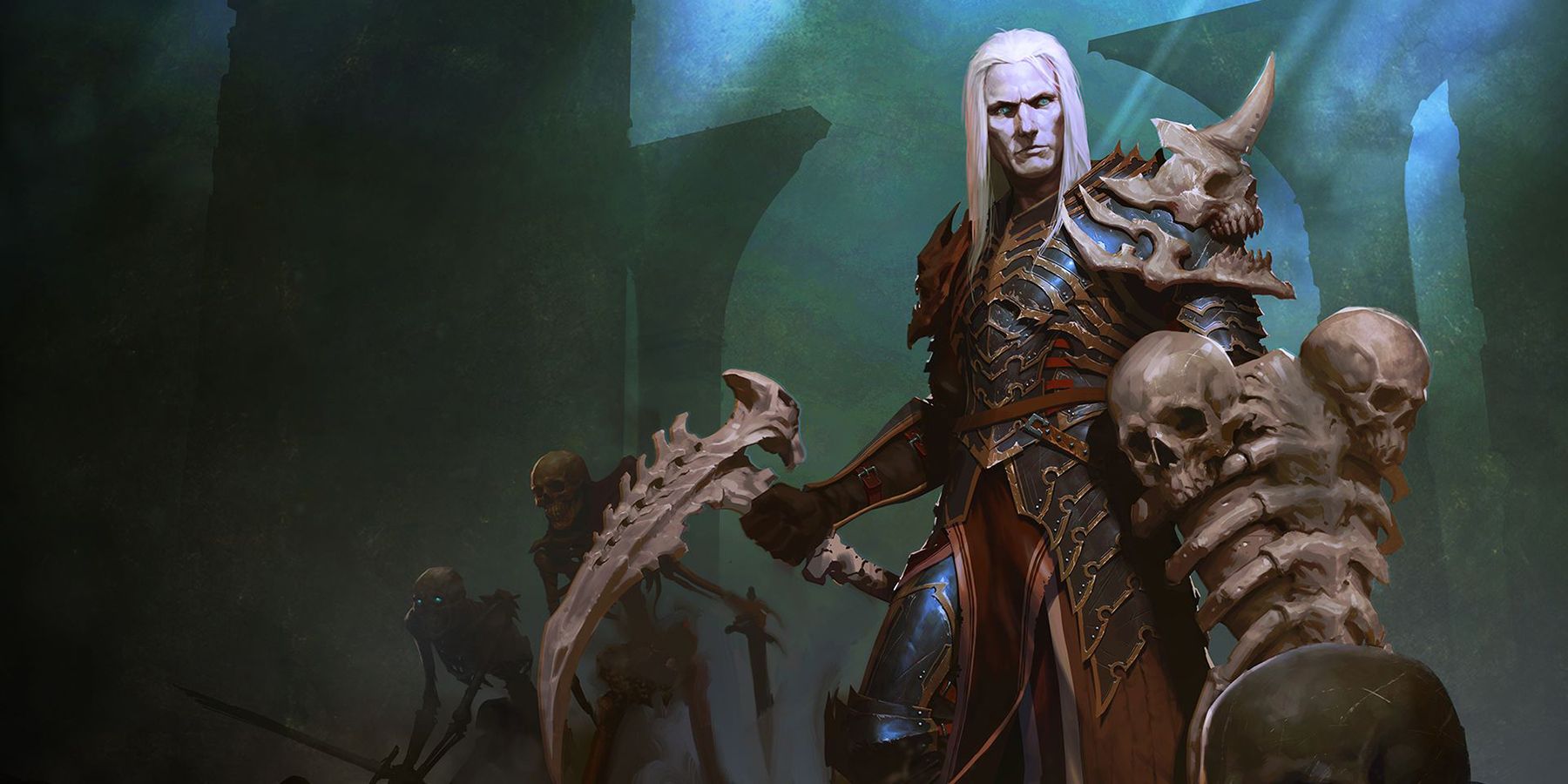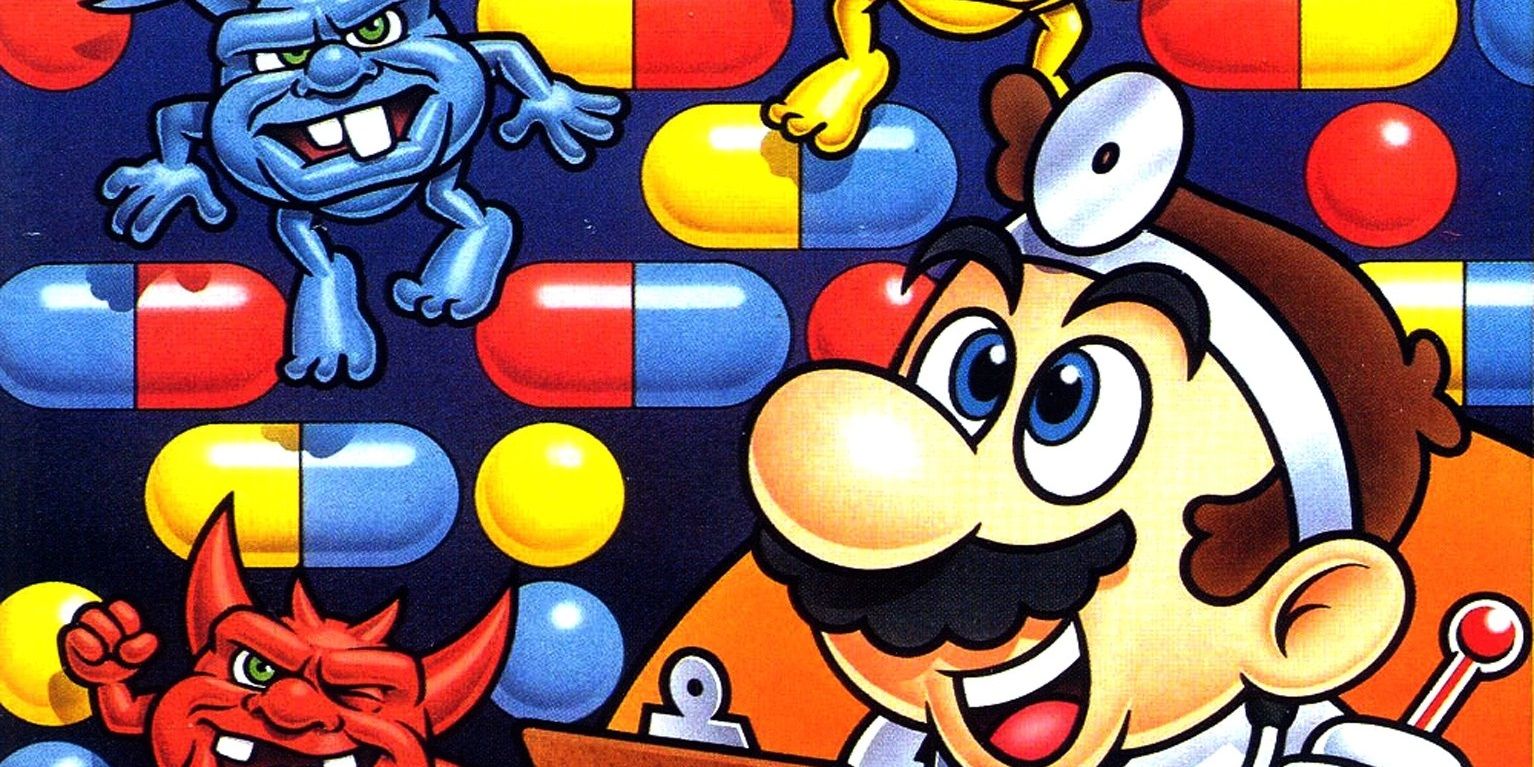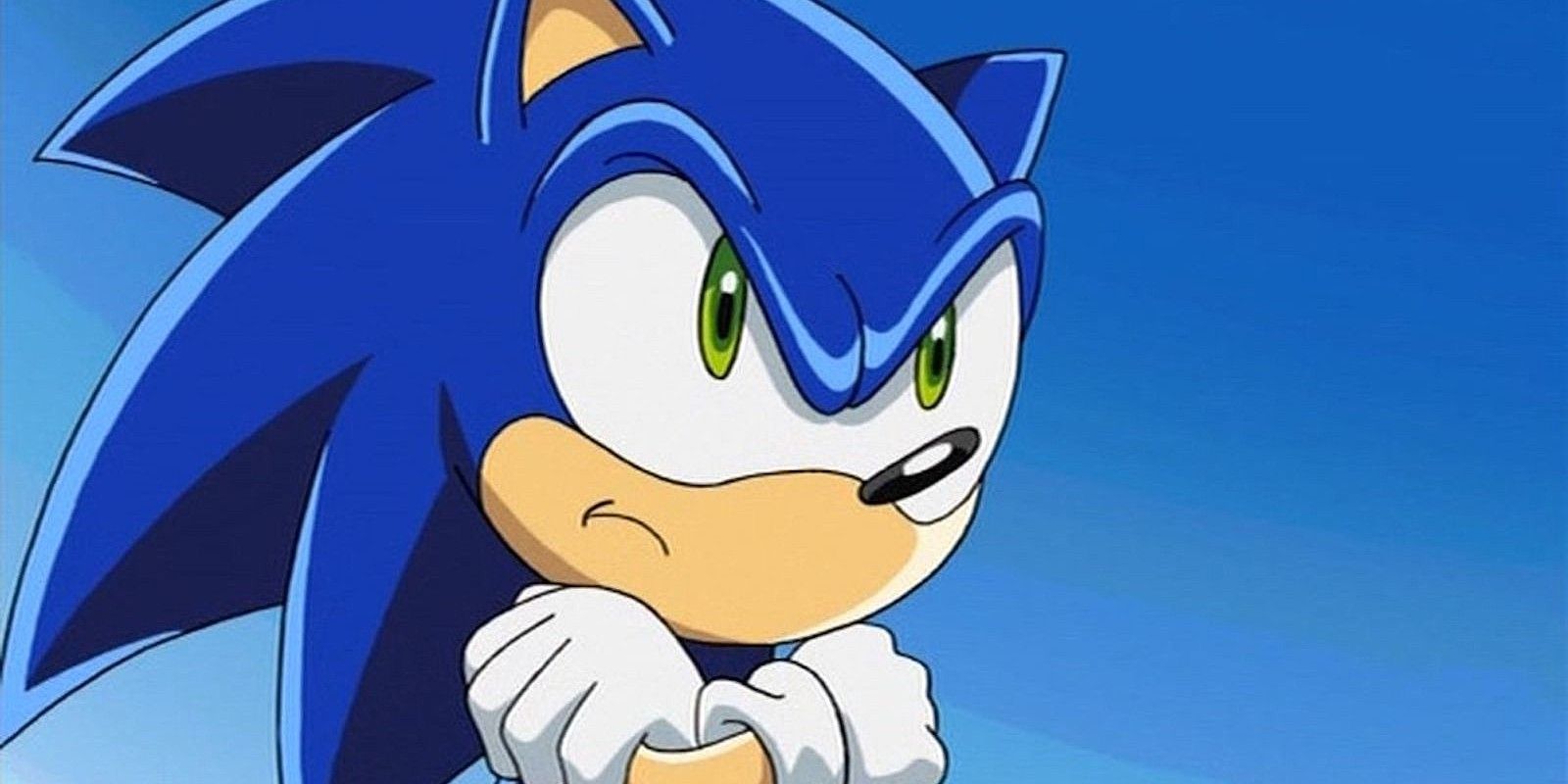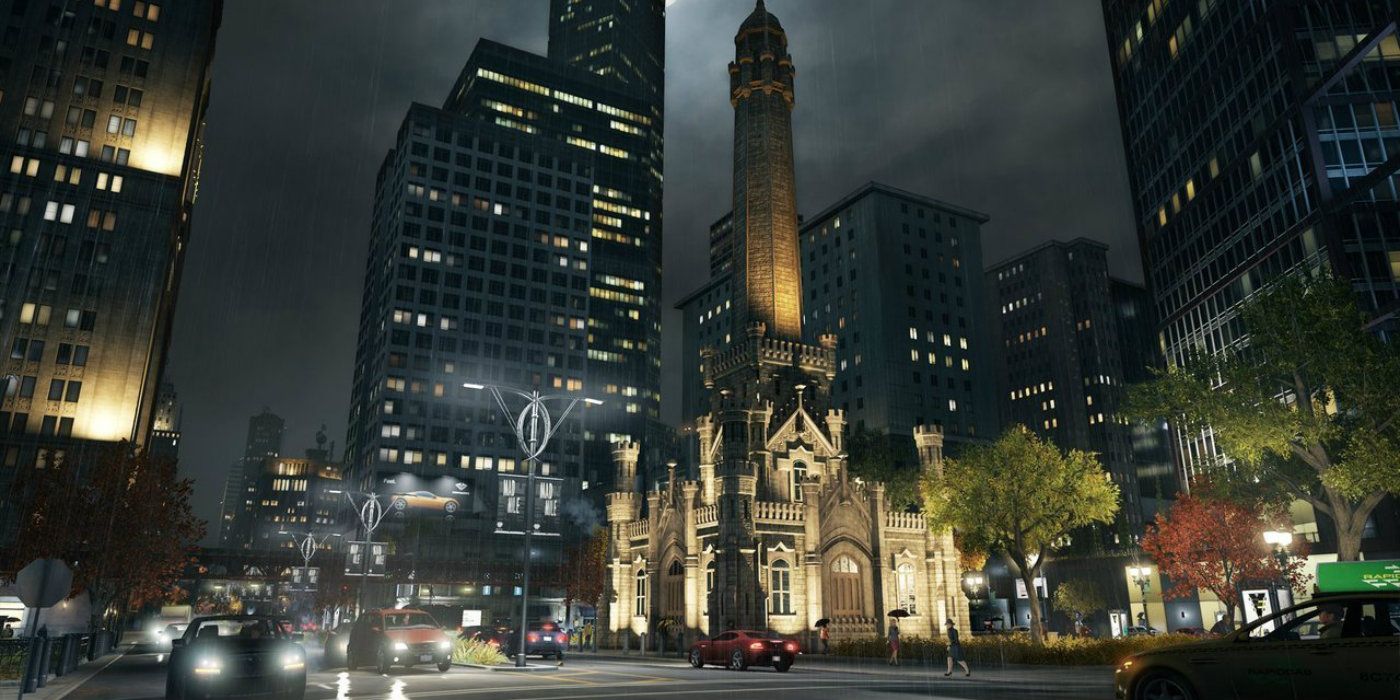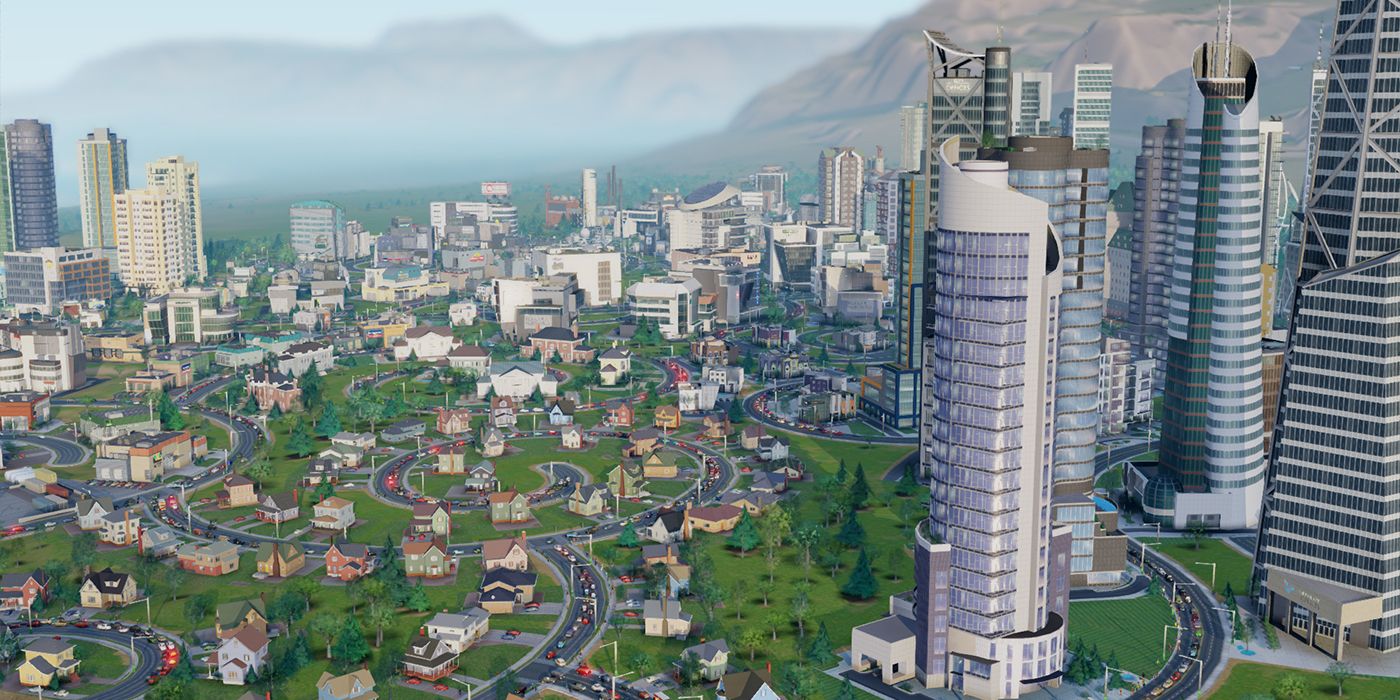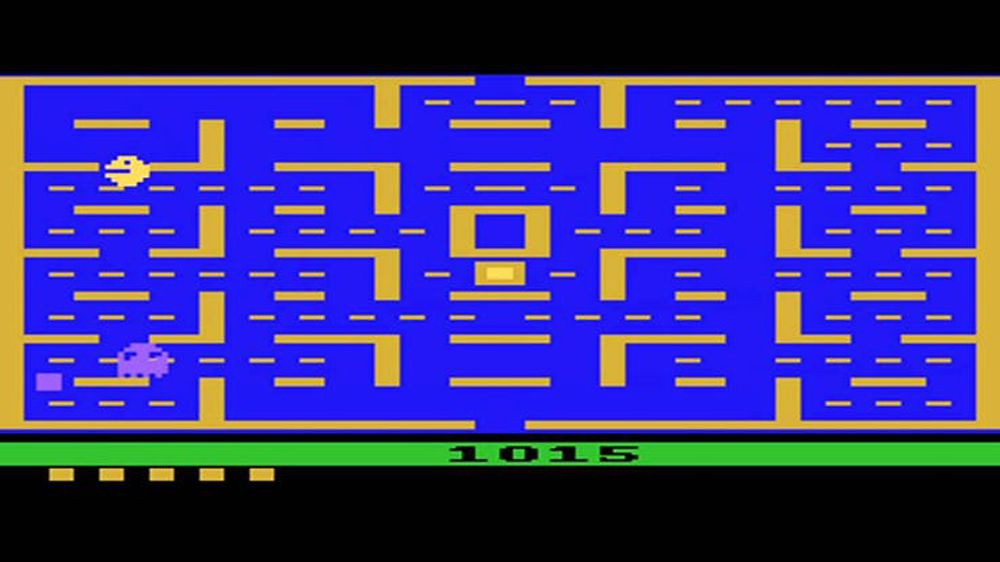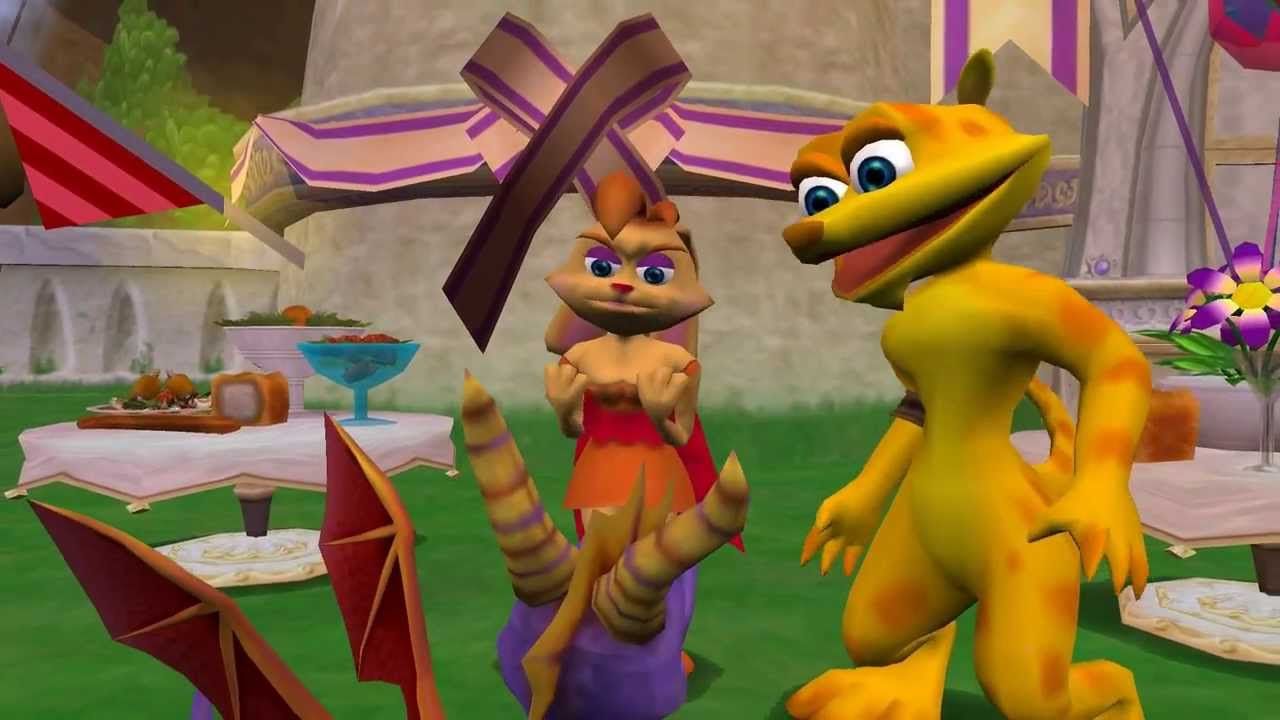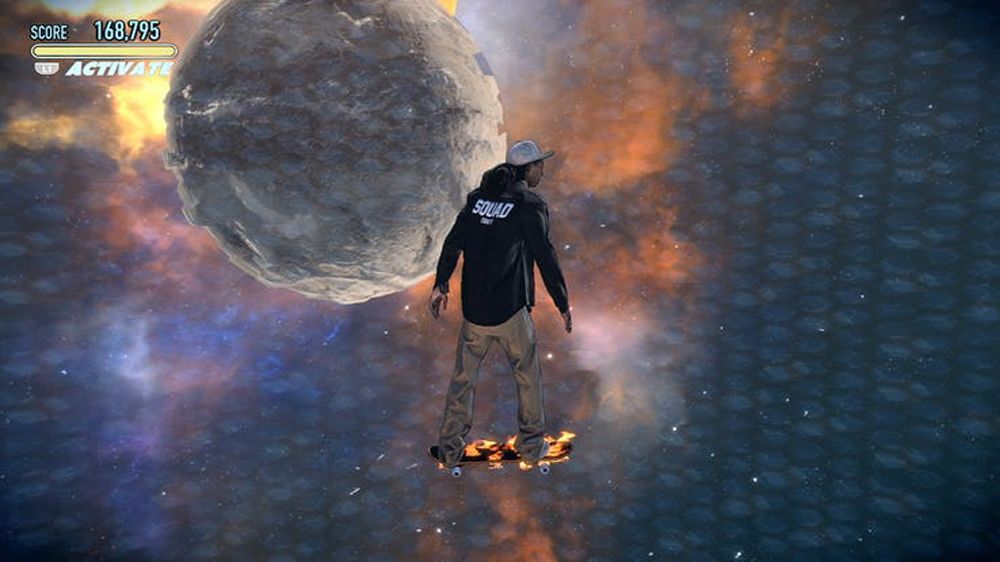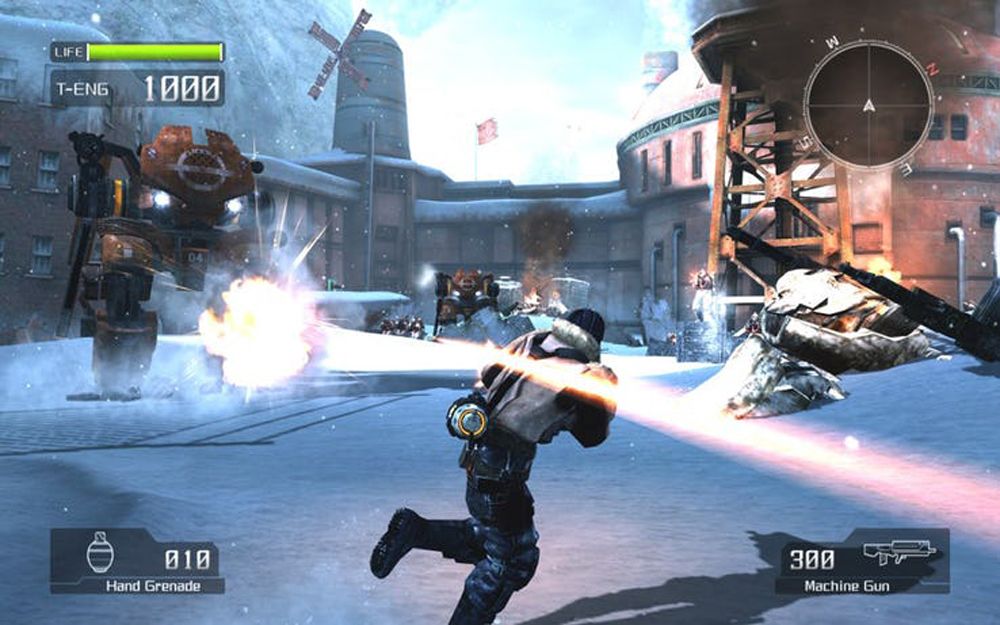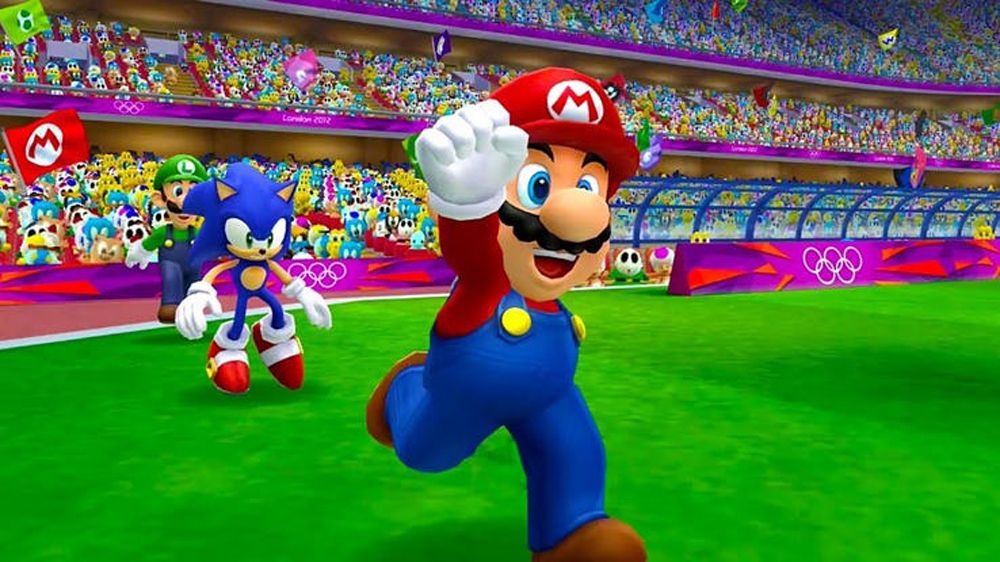For decades, hundreds of video games have been published in each year. Whether you play on a computer or console, gaming companies have vied for your attention as a gamer. Prior to release, slick trailer editing, hand-picked screenshots or gameplay sequences, and selected positive reviews make their way into the world by way of developers. What is the last video game you were excited to buy before it was released? What about the first one? Video game developers are skilled in creating hype to get you to talk about it online or with your friends in the real world as word-of-mouth is the best free advertising a product can get.
But sometimes, the transition of hype into the first weeks and months after a game’s release can be awkward. This time is hobbled by the fact that every part of the game is now discoverable, and the game isn’t living up to the notoriety received pre-release. While a small percentage of games quickly become well-received, others fall into the video game abyss, mentioned only occasionally. Yet, some games are so bad that people still loaded them up on their PC or gaming console to play them. You can even find some notoriously lousy games still being played on Twitch or Mixer. The video games on this list were picked because of one or more several factors including: the game has stellar pre-order sales, used technology that appeared to show the game as amazing, or it involved an instantly recognizable character. Here’s 20 Notoriously Bad Video Games (That Everyone Still Played).
Fallout 4
In the first 24 hours on Steam, 1.2 million copies of Fallout 4 were sold, and to stock physical retailers, Bethesda sent them 12 million copies within that same time frame, generating over $750 million dollars on the first day alone. It’s a Fallout game. The developer already had a popular brand name to play from, and what's new to the series now was the ability to build and control “settlements” and craft different items. Also, voice acting makes its debut in this Fallout.
However, lousy graphics and numerous bugs (especially on the PC) should have turned people immediately away. Gameplay mechanics popular in previous Fallout games were removed (like Karma and certain skills); some critics called the game a solid foundation for the series, but nothing more. Gamers apparently hadn’t learned from Bethesda’s previous game releases.
No Man's Sky
One of the more memorable games that received an extreme amount of positive hype before release was No Man’s Sky. A space exploration and survival game, No Man’s Sky found that the gaming community immensely anticipated this game. Hello Games released screenshots, video gameplay, and features that impressed gamers all around the world, and if there’s one game PC and console players wanted, it was this one.
Then, in August 2016, the game went public (though some had purchased illegal copies prior for thousands of dollars) and the popularity of the game went south. The small team at Hello Games promised many features that weren’t there at launch (like multiplayer) and the company had virtually no communication with gamers. No Man’s Sky is a modern game used to illustrate how not to develop and launch a game.
Call of Duty: Ghosts
The Call of Duty franchise will probably have no end. Most people think of the series as a multiplayer game, but most of the games (especially early ones) have had stellar single player campaigns... except Ghosts. Critics and gamers found multiplayer and the new game mode, Extinction, great, but the solo game is what pushed players away after release. At first, the campaign sucked you in… for about five minutes. The story has you stopping a foreign invasion of the U.S.
The campaign lacked any depth while rehashing the same Call of Duty concepts. You essentially went from shootout to shootout in a story background that’s been done thousands of times in video games.
Tom Clancy's The Division
When Ubisoft said they were going to use real locations and streets from New York City in The Division, people turned into instant fans. All the videos and screenshots released prior to March 2016 indicated that The Division was going to become a landmark game. It was even touted as the “Destiny-killer.”
First-day sales broke company records and an industry record for biggest first-week launch. But, gamers found out soon that although The Division looked pretty and had a decent story, it had barely any content after the campaign. Couple that with numerous issues (graphical, gunplay, and mechanics) and you’ll understand that The Division was not, in fact, taking down any similar games. Early on, you could even find yourself falling through the map “underground.” While content picked up, it took over a year before gamers slowly returned.
Sea of Thieves
Released in March 2018, Sea of Thieves hit the Windows and Xbox platforms with beautiful graphics, but lacked content, and this is how the game would progress for months after it came out. However, gamers still flocked to this game early to grind out Pirate Legend status.
The core concept of the game had the player sail a ship, collecting treasure, and battling other pirates. Sea of Thieves is a “sandbox” game, which means you create your own stories: hide on ships, steal loot from others, or sail the seas. You can increase reputation for various factions and do loot-collection quests, but in the beginning, that’s all there was to do. While it’s hard to deny the gorgeous graphics (especially the water), the few things to do drove the massive early gamer base away until the first DLCs were released.
Need for Speed (FMV Version)
If done right, full motion video within a video game can enhance the experience. It must run smooth and integrate with the game so you’re brought into the world that the FMV and game create. Need for Speed (2015) was unsuccessful in both aspects, along with others. The racing part of the game looked good, which added to the franchise, but the choppy and stuttering video that transitioned missions and propelled the story felt like an old portable CD player without anti-skip technology.
The chosen actors were weak, charmless, and very unlikable. The game itself had potential, but the computer AIs always one-upped you, the drift abilities overcompensated, and the repetitive missions didn’t add to the re-playability that other Need for Speed games did much better.
Shadow the Hedgehog
Shadow the Hedgehog was another notoriously bad video game with commercial success on this list. Released in November 2005, Shadow sold over two million copies in a little over the year. You play as Shadow, a hedgehog created by Doctor Eggman’s grandfather, and progress through levels to learn about your past…because you have amnesia. Shadow has the traditional special attacks like Sonic, but can also use weapons, which many critics found as a strange addition to the Sonic universe.
Each level has two or three different ways to play: “Hero,” “Dark,” or “Normal.” This gave the game replay value, but the story was a convoluted mess that players didn’t play for long. Not many were keen on the dark storyline, weaponry, themes, and controls either.
Kinect Adventures!
The Xbox 360 had a catalog of great games; players can probably name five off the top of their head. No matter what amazing game you think of, Kinect Adventures! was much better: in terms of sales that is, as it sold over 24 million copies.
The Kinect was the motion capture camera used with different types of games. Basically, you could use your body as a controller to play games, but it was not that popular. Kinect Adventures! probably sold because it bragged about what the Kinect could really do… with only five games on the disc. Play any of the boring mini-games such as “20,000 Leaks,” “River Rush,” “Rally Ball,” “Reflex Ridge,” and “Space Pop” to get basically 2-3 hours of entertainment from Kinect Adventures!
Star Wars Battlefront II
For Star Wars Battlefront II, the graphics are the only thing that might convince a player to buy this game. Everything else that it offers will turn you off. Before release, it already had two things going for it: one, it’s a Star Wars game, and two, it followed a well-received game. So, at launch, gamers clamored to get the game loaded up, but what they found was basically a system of paying for loot boxes.
Mostly multiplayer, Battlefront II created obstacles to use iconic Star Wars characters. Some players have reported over 30 hours of grinding for merely one character. Or, you could just give EA your money to buy the loot boxes or characters. If it’s in the game, it should be available easier than what Battlefront II set up.
Assassin's Creed III
Before Assassin’s Creed III was released in October/November 2012, the publisher was accused of being prejudiced. The trailers leading up to the release were even filled with “bigotry and discrimination” according to one website. Maybe this fueled sales for Ubisoft?
Across various review sites, this third incarnation of the franchise received high marks, but most magazines and critics had many of the same things to say about the problems. The campaign seemed thrown together and most tasks were just “busy work.” It wasn’t a perfect game, but perfect enough to get nominated for several awards, even winning two. Like many sequels, it was quickly forgotten once the next big game was released (like Halo 4 in the same month) and when Assassin’s Creed IV released about one year later.
Diablo III
You’ll find many high ratings for Diablo III, but hidden in those scores are a host of complaints about the game. For years, gamers have loved Diablo’s dungeon crawling, role-playing atmosphere, and for the third game, they showed Blizzard that they believed in it. The game became the most pre-ordered game on Amazon up to the date of its release and day one sales broke PC records, with 6.3 million units being sold in the first week. So clearly, fans were ready.
The biggest issue people had was the DRM aspect as Diablo III required “persistent online authentication.” That meant the game couldn’t include offline modes in any capacity. Some fans of the series even criticized the brighter and more colorful graphics that were changed from its predecessors. The game is still played today, but the numbers have decreased since the date of its release.
Dr. Mario
Many games on this list are sequels or spin-offs of some sort. In Dr. Mario, the game has players manipulating pills to combat viruses that are slowly taking over the screen. Getting similar colors together eliminates the viruses and you must get rid of all of it to move to the next round.
The concept was new, even in 1990. In ACE magazine, Tony Dillon stated plainly that Dr. Mario “reeks of plagiarism” and that it was worse than any of the original games it was copied from. Fans of Nintendo and Mario games flocked to play it, with most falling off from the repetitive gameplay with little variation. But, that didn’t stop Nintendo from releasing a version of Dr. Mario on every console and many portable console systems.
Sonic the Hedgehog (2006)
Sonic is Sega’s mascot. He’s recognizable around the world just as well as Mario is for Nintendo. The 2006 version of Sonic the Hedgehog was supposed to be a reboot of the franchise celebrating 15 years of the series.
Anticipation was high, as many in the gaming industry hoped this reboot would get back to Sonic’s roots after viewing pre-release footage. Unfortunately, the game was a critical miss. Just about the whole game was disliked: the camera system, the story, the controls, and loading times. Many gamers and critics consider Sonic the Hedgehog (2006) the worst game in the franchise, and although the game made its way to the PS3 and Xbox 360, iterations for the Wii and PC were canceled.
Watch Dogs
Watch Dogs had a roller coaster ride from pre-release to post-release. The premise was playing as a hacker who uses his skills to survive the designated “Windy City,” which made for an interesting game since the main character can hack everything from traffic lights, alarm systems, and cell phones.
Everything about the game (the mechanics, the graphics, the story) impressed gamers and critics prior to its release, so much so that Watch Dogs won and was nominated for over 80 awards at E3 2012 and over 50 at E3 2013. However, post-release told a different story. Ubisoft had been accused of downgrading the graphics from visuals in 2012 to 2014, but probably a worser indicator that made Watch Dogs unsuccessful was an analysis stating that about 60% of players changed their minds about the game after playing it.
SimCity (2013)
The SimCity released in 2013 was vastly different from its predecessors. You could play in full 3D graphics, which were stunning, in Maxis and EA’s new GlassBox game engine. The game had multiplayer aspects, numerous other changes, and it sounded like a recipe for success for a popular franchise.
But, the game’s launch was a catastrophe as SimCity required a persistent and mandatory online connection to play the game. Unfortunately, constant network outages, saving issues, and server connection problems plagued the game at launch. What made everything worse was that EA lied about some of the issues. The potential to build large cities was there, but one major criticism was that you could only build a city one-fourth the size of a city from any other SimCity game.
Pac-Man (Atari 2600)
If you can remember, think back to the Atari 2600. The blocky graphics, limited sound potential, and memory capabilities, but some games for the system managed to be great, like Pitfall!, Berserk, and Space Invaders.
You can’t consider the Pac-Man port on the 2600 great, or even good. In fact, it’s deplorable. Other Pac-Man games sported nice sound and simple, but beautiful, art design. However, the 2600 version looked like a different game. Sometimes, Pac-Man or the ghosts looked like they wouldn’t fit in the maze at all, and the sound effects appeared to come from shoddy speakers. Due to the Atari having limited memory, the graphics sometimes flickered so bad that you had to look away for a moment. Gamers wanting a good home version on the 2600 forgot about this version soon after its release.
Spyro: Enter the Dragonfly
Spyro: Enter the Dragonfly originally released in 2002 on the GameCube and PlayStation 2, but plans to port it over to the Xbox and PC were canceled due to a host of issues and negative critics’ reviews. This sequel takes place soon after the first game’s ending. The bad guy, Ripto, wants to capture dragonflies to weaken baby dragons, and Spryo is tasked with saving the dragons, dragonflies, and the Dragon Realm.
Not much went right for this game, though. The actual game was short to play, had lousy controls, a surprisingly bad frame rate, and long load times that would bore you and make you move on to something else. Other glitches were present in the game as well, and the developer probably figured it was easier not to release the ports than to fix everything that went wrong.
Tony Hawk's Pro Skater 5
Contemplating a number five in a series of any kind is an achievement, but whether that product fits the bill is another story. While the Tony Hawk Skate franchise has been popular over the years, Tony Hawk’s Pro Skater 5 changed things. The main issues of the game, which seemed rushed, found inherent bugs and imperfect graphics. The gameplay disappointed fans of the series, player’s goals were not varied and repeated often, and players found themselves doing the same tasks over and over.
And worse? The trick mechanics were destroyed, with some specific moves done on flat land not even included in the game anymore. Add to that enduringly long loading times and this game that was still played by Tony Hawk fans quickly faded into the skate park in the sky.
Lost Planet: Extreme Condition
The short demo for Lost Planet: Extreme Condition gave gamers hope that this science fiction game was going to be phenomenal as the demo drew immediate fans. You play as Wayne, who was on a mission to eliminate a huge Akrid alien called Green Eye. He loses the group, sees his father pass away, and gets frozen in ice for about 30 years. When he wakes, he’s learns that Green Eye is still alive and embarks on the mission again.
While the graphics were superb, the issues were prevalent. The main character was cardboard with hardly any development and the story was severely lacking as it plodded along confusingly. The worst part was the “freeze” mechanic: stay warm or your a goner, even when fighting bosses!
Mario & Sonic at the Olympic Games
Nintendo’s formula for Mario & Sonic at the Olympic Games was simple: take popular characters from well-known franchises and put them in a collection of mini-games meant to mimic the Olympics of Beijing in 2008. There are 24 events in this officially licensed game, but the gameplay was basic with extremely complex rules. With bad controls, it questions the validity of why it won “Best Wii game of 2007” at the Games Convention. Maybe that’s why it’s considered a commercial success?
The Wii version fared slightly better than the DS's, with critics wondering why the player experience was different on the small device than the console. But, both platforms managed to rake in sales on Mario & Sonic at the Olympic Games in the first two months before waning.
--
Do you still play any of these games? How about any others? Let us know in the comments!

